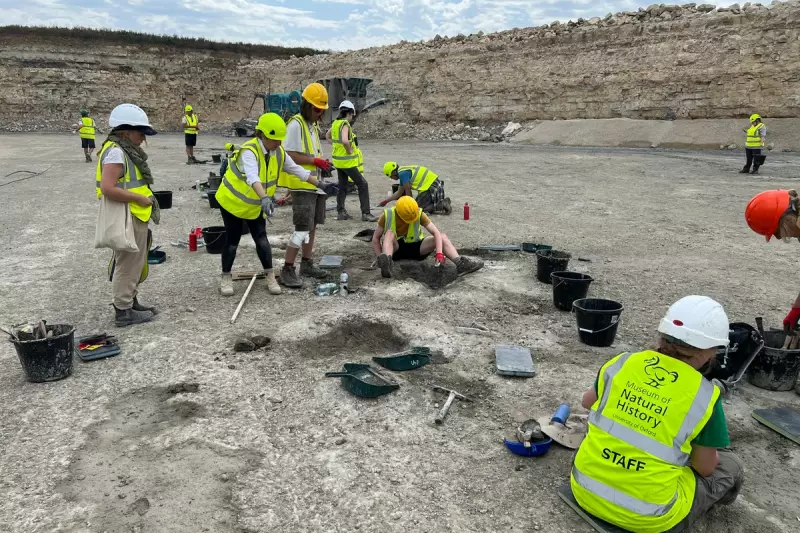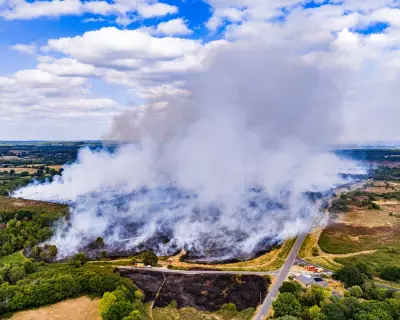
In an extraordinary paleontological breakthrough, researchers have uncovered a spectacular collection of dinosaur footprints in a Scottish quarry that's being hailed as one of the most significant Middle Jurassic discoveries in decades.
A Prehistoric Time Capsule
The remarkable find at Dewar's Farm Quarry near Glasgow contains approximately 50 perfectly preserved footprints dating back an astonishing 170 million years. These ancient impressions provide a rare glimpse into a crucial period in dinosaur evolution when giant species like the long-necked sauropods began to dominate the landscape.
Dr. Neil Clark, curator of palaeontology at the University of Glasgow's Hunterian Museum, described the discovery as "exceptionally important" for understanding this mysterious chapter in prehistoric history.
Middle Jurassic Mystery Solved
"The Middle Jurassic was a key period in dinosaur evolution," Dr. Clark explained. "It's when the first really big sauropods appeared, but fossil evidence from this era is incredibly rare worldwide. This Scottish site gives us an unprecedented window into that ancient world."
The footprints vary dramatically in size, with the largest measuring nearly 70cm across - suggesting some truly massive creatures once roamed what is now the Scottish coastline.
Ancient Ecosystem Revealed
Analysis of the tracks reveals a diverse prehistoric community including:
- Massive long-necked sauropods (possibly early cetiosaurs)
- Two-legged carnivorous theropods
- Armoured dinosaurs related to stegosaurs
- Various smaller dinosaur species
The discovery suggests Scotland was home to a rich and varied dinosaur ecosystem during the Middle Jurassic, when the landmass was positioned much closer to the equator with a tropical climate.
Global Significance
What makes this find particularly valuable to scientists is the scarcity of Middle Jurassic sites globally. Most known dinosaur fossils come from either earlier or later periods, making this Scottish quarry a vital missing piece in the evolutionary puzzle.
The research team used sophisticated photogrammetry techniques to create detailed 3D models of the footprints, allowing for precise analysis without damaging the original impressions.
This groundbreaking discovery not only rewrites our understanding of Scotland's prehistoric past but provides crucial insights into how dinosaurs evolved into the giants that would later dominate the Earth.





